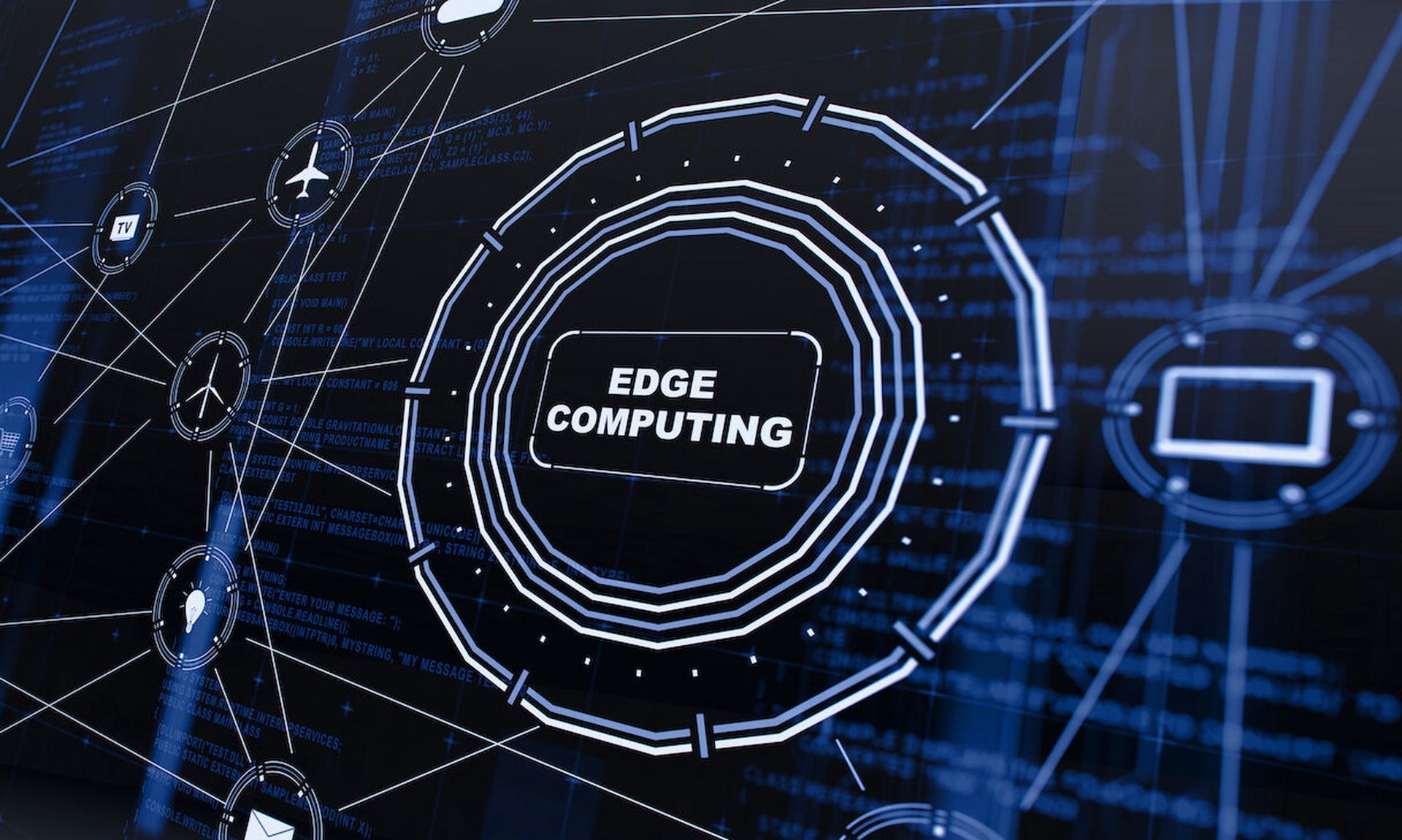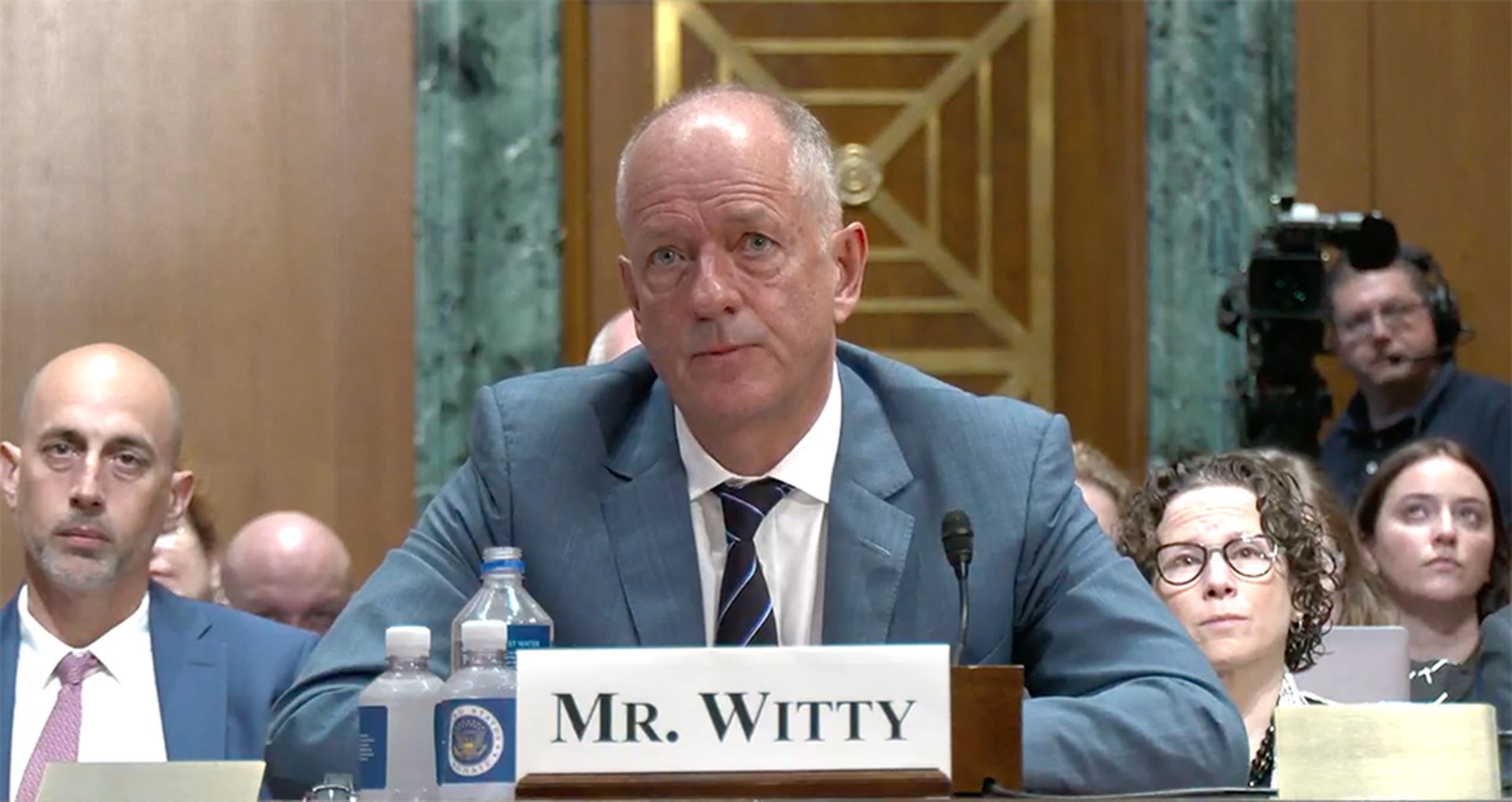During the first six months of 2022, $3.56 billion was lost to online fraud, almost a 50% increase from the same period in 2021. With 27.7% of online traffic consisting of increasingly human-like, evasive bad bots, fraud takes longer to spot. While it’s not easy to combat online fraud, by shifting fraud detection activities to the network edge, organizations can take the fight to adversaries at a lower cost and with reduced impact on the end-user.
Why the edge makes sense for online fraud detection
To understand the case for the edge, let's take a step back. The rise of modern computing began with a highly-centralized model based around mainframe machines. Next came the personal computing era, which let to the internet, online shopping and banking, and then online fraud. Cloud computing has re-centralized computing infrastructure back to a few corporate data centers owned by a small set of providers (AWS, Microsoft, Google, and IBM).
We believe the next evolution in computing will see the industry move back out to the edge. With edge computing, more of the heavy lifting gets done at the network edge rather than the centralized cloud data center. This means computing decisions — including transactions — are made closer to users and their devices.
So, what will fraud detection at the edge look like? The emerging model leverages existing edge infrastructure built by Content Delivery Network (CDN) providers such as Akamai, Cloudflare, and Fastly to integrate fraud detection functions at the edge.
CDNs leverage technology called web workers – JavaScript scripts executed from an HTML page that runs in the background where it’s possible to interrupt them by mouse clicks or other user interactions. Web workers sit at the edge between the client and the origin server where they are placed to observe a user’s online behavior as it unfolds, handle machine learning models, and make split-second decisions, such as whether traffic comes from a legitimate client or a bad bot.
There are several benefits to leveraging web workers. First, web workers are designed to run alongside normal site operations in the background, if they stop working, they do so without disrupting normal site operation. Second, processing data more locally means less chance of damaging breaches occurring at a centralized cloud server and reduces the volume of requests made to the origin server, improving stability. Third, there’s less distance for data to travel, reducing latency and enhancing the customer experience.
Furthermore, as packets are not being sent in large volumes to a central data center, transmission costs are reduced. Finally, decision making at the edge delivers a holistic view of the entire customer journey, meaning the highest level of context becomes available for every decision.
Maximize value at the edge
Some fraud detection customers may not want to rely on CDN infrastructure. They may also want to benefit from multi-dimensional decisions which require more context from how users interact downstream — something most CDNs can’t deliver. These are legitimate concerns that are starting to get addressed as companies gain experience with this model.
However, deploying fraud detection at the CDN layer makes sense, strategically and technically. It supports a wide range of analytical techniques such as device and digital data profiling, behavioral biometrics, IP location, text and image similarity analysis, machine learning and conditional orchestration of scripts and APIs. And perhaps most importantly, web workers allow fraud detection systems to track the entire customer journey, in real time, creating much more nuanced, context-based detection.
These techniques are increasingly important to mitigating the large range of sophisticated digital threats in the wild, and it’s prudent for companies to embed these capabilities at the edge before it's completely overrun with fraudsters. By taking the fight to where criminals perpetrate the fraud, defenders are armed with a better view and more context surrounding the user’s online experience, allowing them to make better decisions faster.
Cybersecurity is not a warm, fuzzy field. Rarely do digital defenders have the foresight to bolster their defenses before an emerging attack surface becomes overrun – let’s seize the moment.
Alisdair Faulkner, founder and CEO, Darwinium




